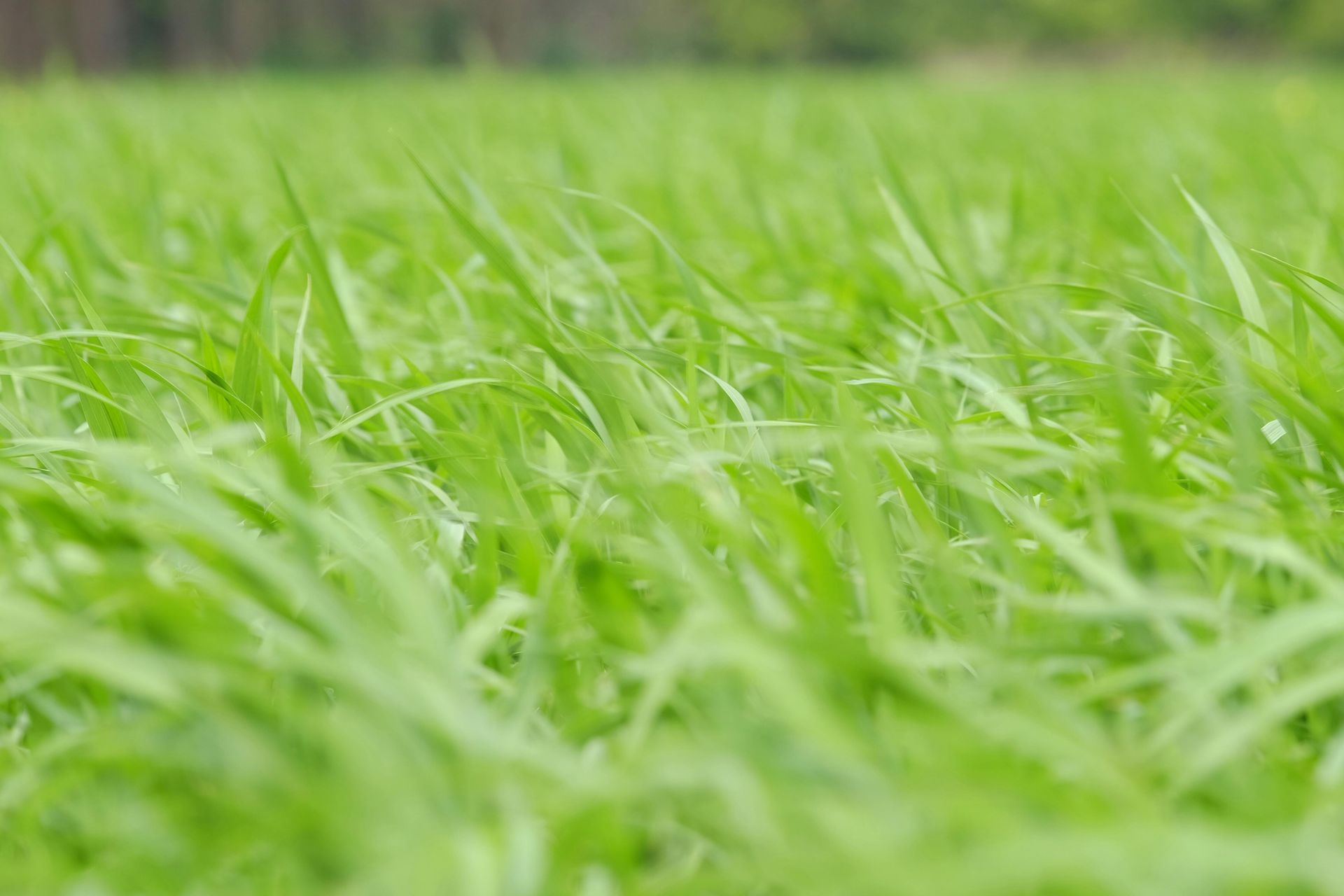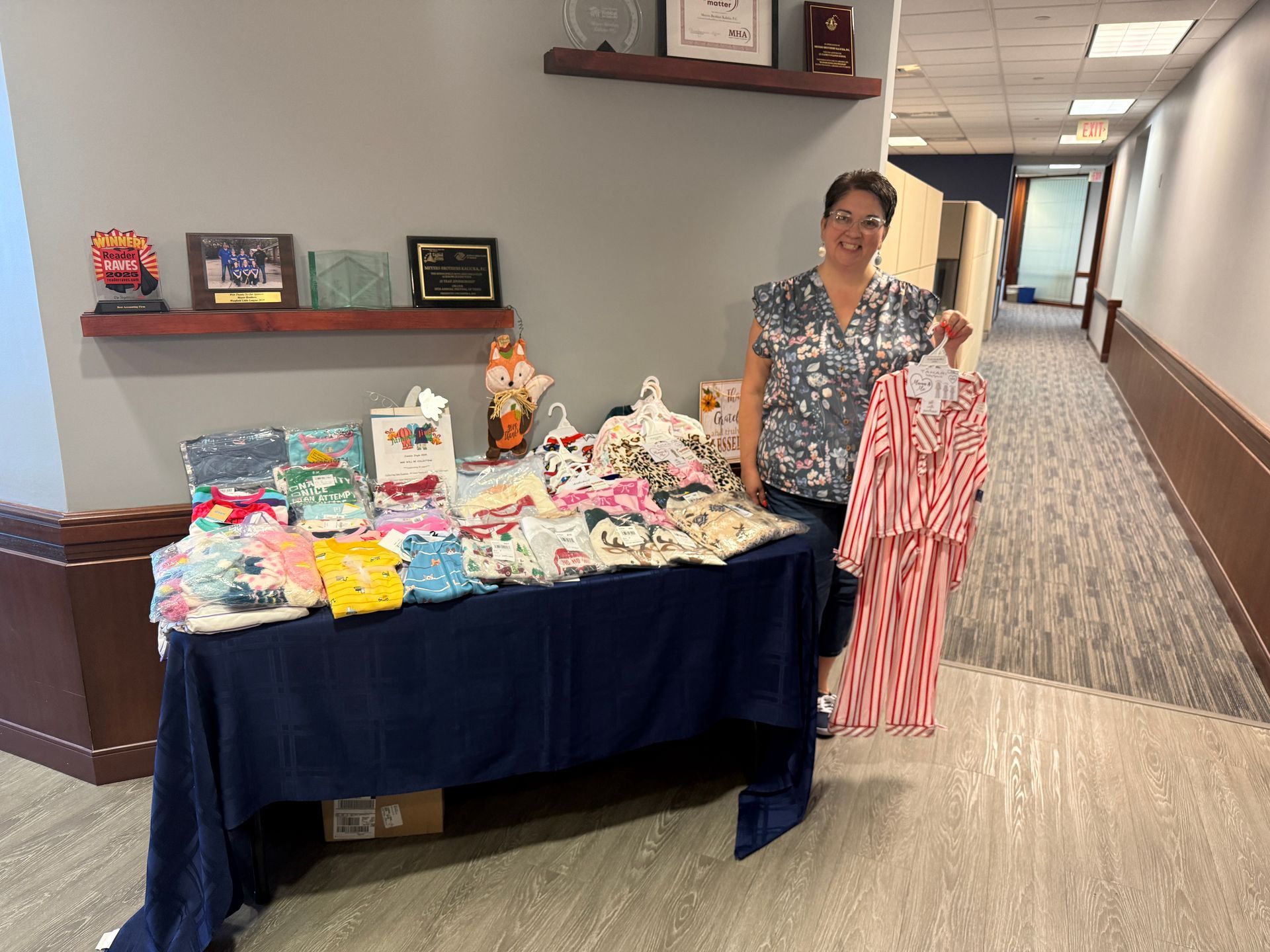Not-for-Profit News
403(b) plan participation climbs
Participation in 403(b) retirement plans inched upward during the COVID-19 pandemic, from 76.6% in 2019 to 77.2% in 2020 — the highest level since tracking began in 2008. The bump is partly due to the spread of automatic enrollment, according to the annual 2021 403(b) Plan Survey from the Plan Sponsor Council of America (PSCA). Automatic enrollment has jumped 50% over the past five years. Of the nearly 400 nonprofits surveyed, 29% now offer it. Also, more than half of those automatically escalate the default deferral percentage over time.
While 403(b) plans traditionally only offered annuity products, more than half continue to offer annuities as an option for guaranteed income in retirement, versus 17% of 401(k) plans. The survey also found that nonprofits are taking the lead on certain types of retirement plan features. For example, 38% of nonprofits provide access to environmental, social and governance (ESG) investment options, compared to almost 3% of 401(k) plans.
What to know about the growth of impact investing
The number of affluent households — those with a net worth of $1 million or more (excluding primary residence) and/or an annual income of $200,000 — where donors participated in impact investing nearly doubled in 2020 (13%) compared with 2017 (7%). Minorities and younger individuals were the most likely to participate in impact investing to help achieve various societal benefits.
These findings come from The 2021 Bank of America Study of Philanthropy: Charitable Giving by Affluent Households. The study, released in September 2021, is the eighth in the series of biennial studies conducted by the Indiana University Lilly Family School of Philanthropy.
About 60% of the donors said this form of investing was made on top of their existing charitable giving, while 36% indicated impact investing replaces some of their charitable giving. Only 5% of these donors said impact investing was in lieu of other charitable giving.
How the Great Recession affected household giving
The share of American households that donated to charity in 2018 dropped below 50% for the first time since the Philanthropy Panel Study (PPS) began tracking the figure. Only 49.6% of U.S. households donated that year, down from just over 66% when the PPS launched in 2000.
The Indiana University Lilly Family School of Philanthropy’s The Giving Environment: Understanding Pre-Pandemic Trends in Charitable Giving, released in July 2021, reports that the giving rate in 2018 had fallen across most socio-demographic groups — including by age, income, race and level of education. Religious causes suffered the greatest reductions. The study notes that most of the decline in giving occurred after the Great Recession of 2008, but only about one-third of the drop in donating can be attributed to changes in income and wealth. Moreover, the trends didn’t reverse or even slow when the economy recovered.
This material is generic in nature. Before relying on the material in any important matter, users should note date of publication and carefully evaluate its accuracy, currency, completeness, and relevance for their purposes, and should obtain any appropriate professional advice relevant to their particular circumstances.
Share Post:


